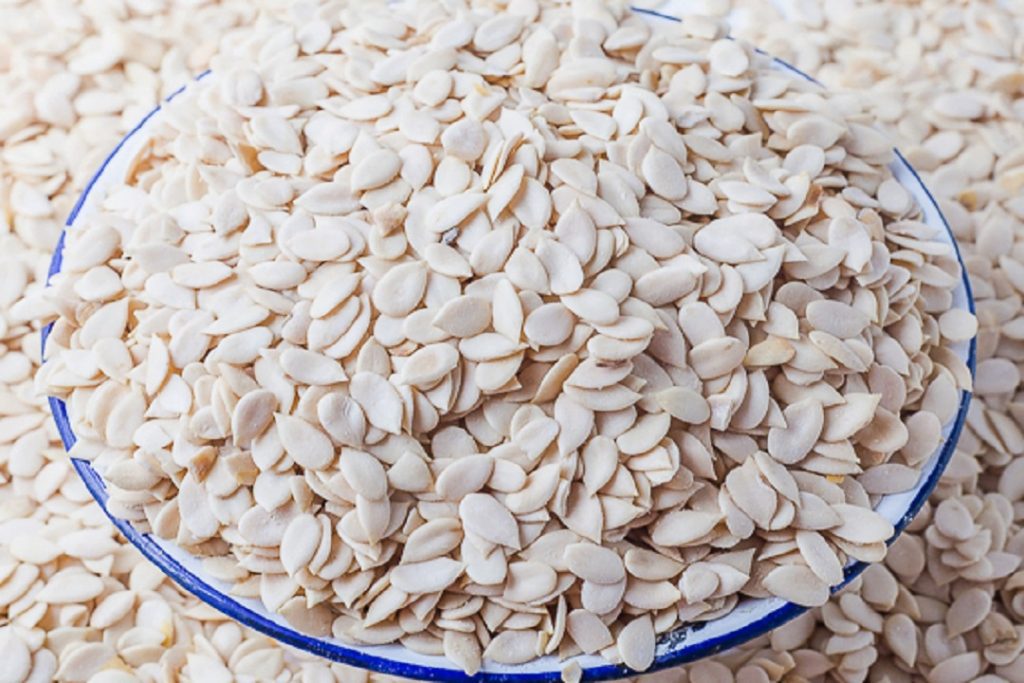Introduction
Imagine not knowing where your next meal will come from. Crops fail before they mature, rains
come too late or not at all, and families already stretched thin are pushed to the edge. This isn’t
some distant threat. It’s unfolding now in places like Sokoto State in northern Nigeria, and in
many vulnerable regions around the world.
The collision between climate change and insecurity is deepening food shortages, weakening
livelihoods, and creating cycles that are increasingly hard to break. Unless urgent steps are
taken, the impact will only grow.
Drying Fields, Shrinking Harvests
In Sokoto, climate change is no longer a prediction. It’s a daily reality. Rainy seasons that used
to follow predictable patterns now arrive late or not at all. Groundwater levels are dropping. For
a region where agriculture is the backbone of survival, this instability has serious consequences.
Farmers struggle to irrigate their crops. Livestock lack water. Yields drop, and with them,
household incomes. In many communities, this means food is not just harder to grow. It’s harder
to find and more expensive to buy.
When Policy Moves Too Slowly
Recognizing the growing food crisis, authorities declared a state of emergency in 2023. But
declarations alone can’t feed families. Bureaucratic delays, limited resources, and slow
implementation of solutions have left many communities waiting.
Promising ideas like drought-tolerant crops, solar-powered irrigation systems, and early warning
tools exist, but adoption remains limited. Without faster rollout and greater investment, Sokoto’s
food insecurity risks becoming a long-term crisis.
Insecurity Makes Farming Risky
On top of environmental challenges, insecurity makes an already difficult situation worse.
Farmers across northern Nigeria are contending with threats from armed groups, banditry, and
unrest. This affects every step of the food system, from cultivation to harvest, and from transport
to sale.
Fields are left fallow. Local markets are abandoned. Humanitarian efforts are blocked. Without
security, communities cannot rebuild their food systems, no matter the tools or technology
available.
Why This Matters Beyond Sokoto
What’s happening in Sokoto isn’t isolated. Climate change amplifies existing risks and
vulnerabilities across the globe. When food systems fail, the effects ripple outward. Malnutrition
rises, families migrate, and tensions escalate.
But this crisis also presents an opportunity to rethink how we approach food, climate, and
security in an integrated way.
What Can Be Done
To build a more food-secure future, action must be both immediate and strategic:
● Invest in climate-resilient agriculture: Support the development and widespread use
of drought-tolerant crops, efficient irrigation, and soil-friendly practices.
● Strengthen food infrastructure: Improve storage, transport, and local market systems
to reduce waste and ensure food gets to where it’s needed most.
● Ensure safety for farmers: Restore stability in farming communities so that agricultural
activity can continue without fear.
● Mobilize global support: Encourage partnerships that provide funding, knowledge, and
tools to help vulnerable regions adapt and thrive.
A Food-Secure Future Is Possible
What’s happening now in Sokoto is a warning, but it can also be a turning point. If we act quickly
and with coordination, we can protect not just food systems but the people who rely on them
every day.
Climate change is not just an environmental problem. It is a food problem, a security problem,
and a development problem. The sooner we treat it as such, the better equipped we’ll be to
create lasting solutions.
Everyone deserves access to safe, nutritious food. Let’s work to ensure that promise holds true,
no matter where they live.


